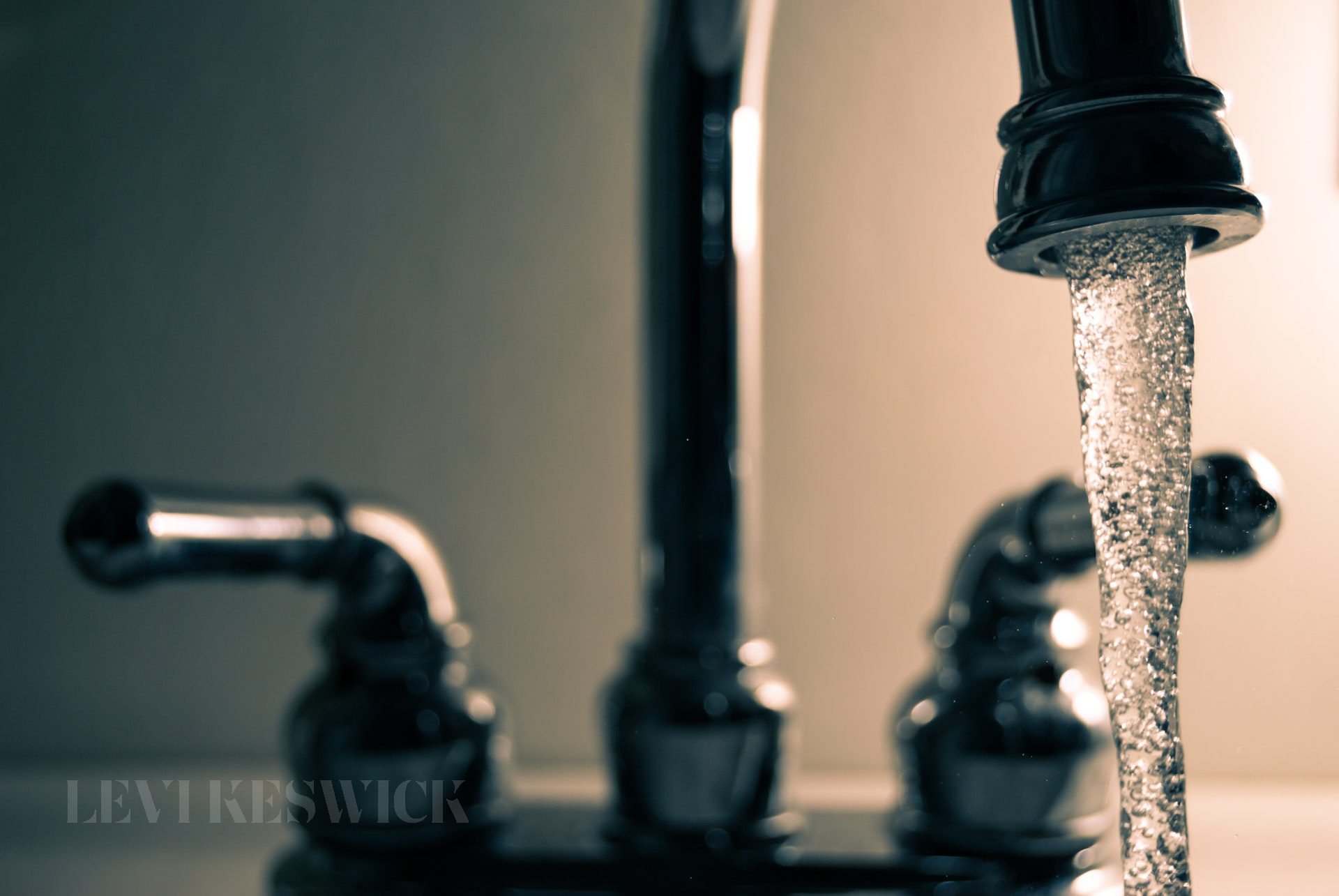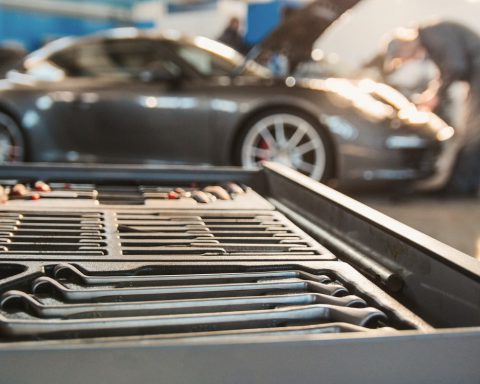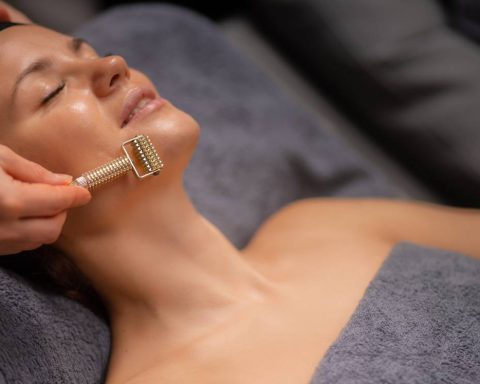Water is as essential to life as air and clean drinking water is a must for any household. Whether or not you’re an avid water drinker, there’s no going around the fact that safe, clean drinking water is a must. Water quality can depend on many things and there are a few key ways to improve it through today’s modern technology.
Whether you’re looking to improve the water quality in your home or you’re curious to learn about some useful hacks, you’ve come to the right place! Here’s everything you need to know about water quality and how to make sure your water needs are taken care of. Follow this guide and start drinking fresh, safe, and high-quality water today!

Use filtered water
The easiest way to boost water quality is to start filtering it. If you’re getting your water from a tap, chances are it will have microscopic debris and bacteria in it. Depending on where your water is sourced, this can have little effect on you or can wreak havoc on your health. There are many ways to filter your water and there are many kinds of effective filters out there. Filters get rid of bacteria and debris and metal ions that can cause limescale and can damage your appliances. If getting a tap ad-on is too much of a hassle, a Britta filter is the next best thing for better drinking water!
Purify your water
If you want to go a step further in improving the water quality in your home, then you need to purify it. Whether you’re unsure about the nutritional value or cleanliness of your water, water purifiers are the way to go. Water purifiers can do more than simply filter out debris. Whether through alkaline water dispensers or a tap ad-on, purifiers can help you drink cleaner and healthier water. Through UV technology they can sterilize the water and balance its pH to help you detoxify your body and protect your appliances. Using a water purifier is a great and effective way to improve your water quality.
Upgrade your equipment
Sometimes to improve your water quality, you have to go to the source of the problem, your appliances, and plumbing. Your water quality is only as good as your equipment. If you’re noticing a dip in water quality or a change in the taste or smell, it might be time to change your equipment. Metal pipes can corrode and rust and can succumb to limescale over time. This can corrupt your water and leave it with a funny smell or color and make it unsafe to use.
This damage can also happen to your water heaters, washing machines, and boilers. Pay close attention to your appliances and electronics and replace them if they start to affect your water quality.
Test your water
The trickiest part of dealing with a water quality problem is not knowing that you have one. You don’t have to become an environmental chemist to know what’s wrong with your water. Try to learn some of the basic telltale signs of poor water quality, so you know how to recognize them. If you’re still unsure, be sure to contact a professional to come to test your water. This is a great idea for those moving into a new house or living in an area susceptible to pollution. Give your local plumber a call to check your water to know where you stand.
Boil your water
Last but not least, the simplest and easiest way to improve your water quality is to boil it. Humans have been boiling their water to clean and sanitize it since the dawn of man and for good reason. Water boils at 100°C at which the temperature is high enough to kill most waterborne bacteria that can harm your health. Boiling your water also helps to get rid of those pesky metal ions by precipitating them in the form of a solid that you can easily filter out. Boiling your water and waiting for it to cool can be time and energy-consuming. It’s great for a quick fix for smaller amounts of water, but keep that in mind.

So there you have it! With this guide in mind, you’re ready to solve all your water quality problems like a pro! Start by improving your water quality through filters and purifiers. Pay close attention to your plumbing, pipes, and appliances, and replace what you can to protect your health. Know the signs of poor water quality and make sure to get your water tested to be on the safe side. Last but not least, if you’re in a pinch, you can always boil your water to get rid of most of the harmful contaminants. Follow this guide and take your water safety seriously!










